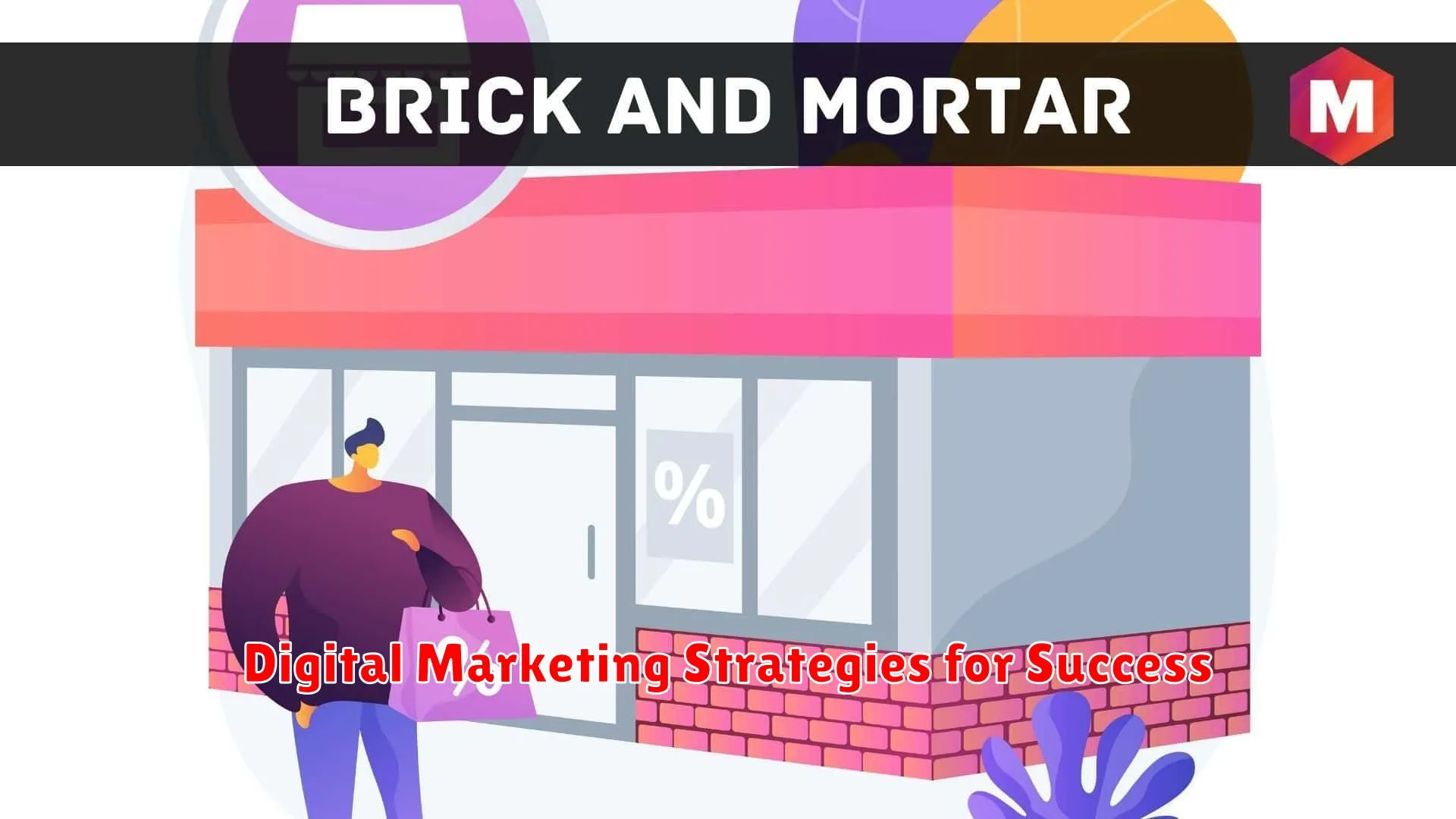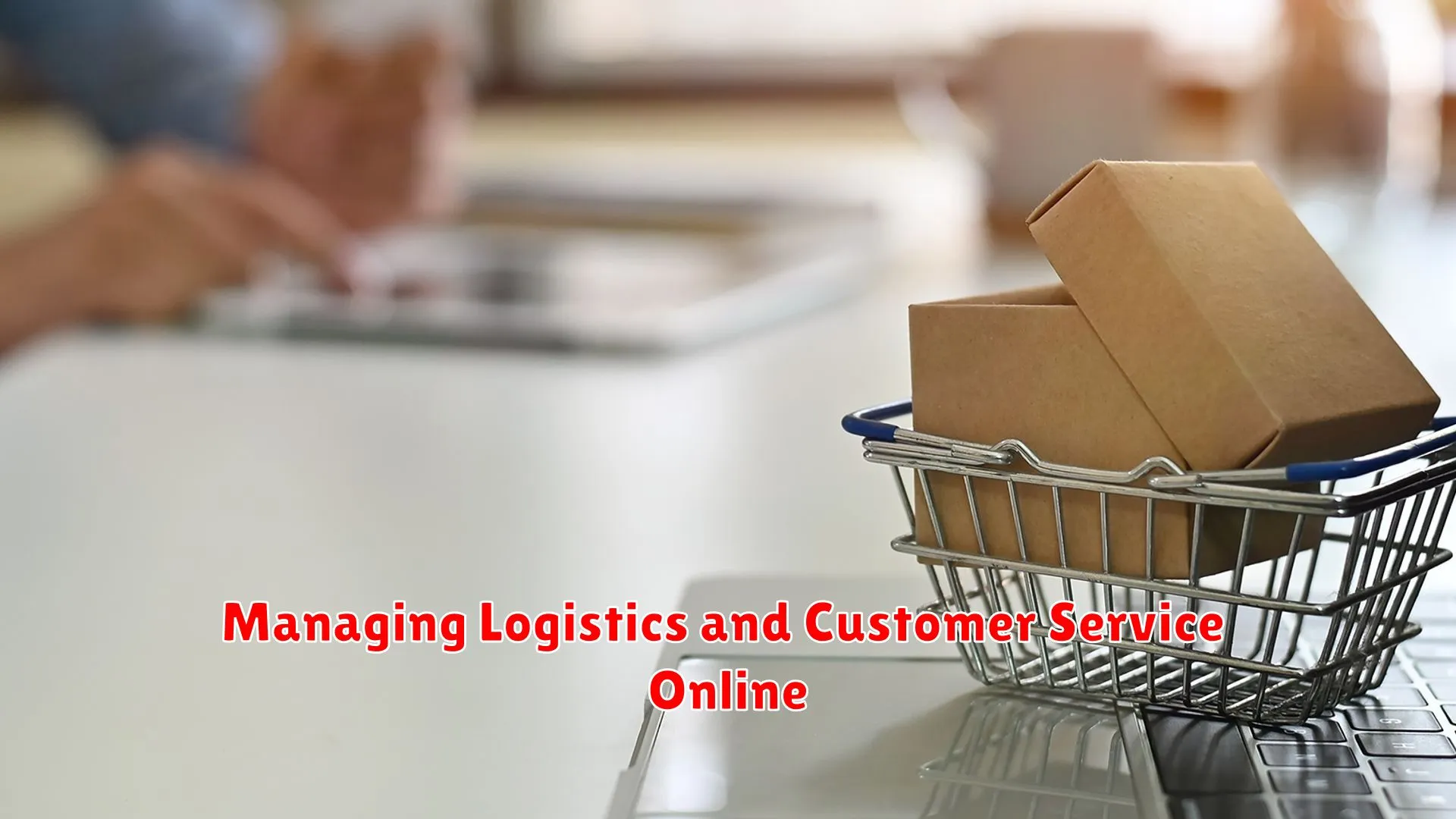Transitioning your business from brick-and-mortar to online can be a game-changer in today’s digital world. Learn how to navigate this shift successfully and harness the power of e-commerce in this insightful article.
Planning Your Online Transition

Transitioning your brick-and-mortar business to an online platform requires careful planning and thoughtful implementation. Here are some essential steps to consider:
1. Research and Market Analysis
Understand your target audience and the online market landscape. Conduct thorough research to identify your competitors, target demographics, and online trends. This information will help you tailor your online presence to meet the needs of your customers.
2. Develop a Comprehensive Online Strategy
Create a detailed strategic plan outlining your objectives, budget, marketing tactics, and timeline for the transition. Define your unique selling points and how you will position your business in the online marketplace to attract and retain customers.
3. Choose the Right E-Commerce Platform
Select a user-friendly and secure e-commerce platform that aligns with your business requirements. Consider factors such as customization options, payment gateways, inventory management, and mobile responsiveness to provide a seamless online shopping experience for your customers.
4. Optimize Your Online Presence
Invest in professional website design, search engine optimization (SEO), and digital marketing strategies to drive traffic to your online store. Make sure your website is visually appealing, easy to navigate, and optimized for search engines to improve your online visibility.
5. Invest in Customer Service and Support
Provide excellent customer service through multiple channels such as live chat, email, and phone support. Respond promptly to customer inquiries and feedback to build trust and loyalty. Implement a reliable order fulfillment process to ensure timely delivery of products.
6. Monitor and Analyze Performance
Track key performance indicators (KPIs) such as website traffic, conversion rates, and customer retention metrics. Use analytics tools to evaluate the effectiveness of your online strategies and make data-driven decisions to improve your online performance over time.
Setting Up an E-commerce Platform

Transitioning your business from brick-and-mortar to online requires a well-thought-out approach, especially when setting up an e-commerce platform. Here are key steps to help you establish a successful online presence:
1. Choose the Right E-commerce Platform
Begin by selecting an e-commerce platform that aligns with your business needs. Consider factors such as scalability, customization options, user-friendliness, and integration capabilities. Platforms like Shopify, WooCommerce, and BigCommerce are popular choices.
2. Design a User-Friendly Website
Your website serves as your digital storefront. Invest in a clean and intuitive design that enhances the user experience. Ensure easy navigation, mobile responsiveness, and fast loading times. Include high-quality images and detailed product descriptions.
3. Set Up Secure Payment Gateways
Security is paramount in e-commerce. Integrate secure payment gateways to offer customers a safe and seamless checkout process. Options like PayPal, Stripe, and Square provide trusted payment solutions that help build customer trust.
4. Implement Digital Marketing Strategies
Attracting online customers requires effective digital marketing strategies. Utilize social media, search engine optimization (SEO), email marketing, and online advertising to drive traffic to your e-commerce platform. Engage with your audience and build brand awareness.
5. Optimize for Mobile Devices
With the increasing use of mobile devices for online shopping, ensure your e-commerce platform is optimized for mobile users. Implement responsive design and mobile-friendly features to enhance the shopping experience on smartphones and tablets.
6. Monitor Performance and Analytics
Regularly track the performance of your e-commerce platform using analytics tools. Monitor key metrics such as traffic sources, conversion rates, and customer behavior. Use this data to make informed decisions and continuously improve your online presence.
Digital Marketing Strategies for Success

Transitioning a brick-and-mortar business to the online realm requires effective digital marketing strategies to ensure success in the digital landscape. Here are key strategies to consider:
1. Build a Strong Online Presence
Establish a professional website that reflects your brand identity. Optimize it for search engines (SEO) to improve visibility and attract organic traffic.
2. Utilize Social Media Platforms
Engage with customers on platforms like Facebook, Instagram, and LinkedIn. Create compelling content, run targeted ads, and leverage influencer partnerships to increase brand awareness.
3. Implement Email Marketing Campaigns
Develop email campaigns to nurture leads and maintain customer relationships. Personalize content, offer promotions, and send regular updates to keep subscribers engaged.
4. Opt for Paid Advertising
Invest in paid advertising on platforms such as Google Ads or Facebook Ads to reach a broader audience. Monitor ad performance, adjust targeting, and optimize campaigns for better results.
5. Analyze Data and Adjust Strategies
Track the performance of your digital marketing efforts using analytics tools. Analyze metrics like website traffic, conversion rates, and engagement levels to refine your strategies for maximum impact.
Managing Logistics and Customer Service Online

In transitioning your business from brick-and-mortar to online, managing logistics and customer service becomes crucial for a successful shift. Here are some key strategies to consider:
1. Efficient Inventory Management:
Ensure that your online store has real-time inventory tracking to avoid overselling or stockouts. Utilize inventory management software to streamline processes and improve accuracy.
2. Seamless Order Fulfillment:
Implement a reliable order fulfillment system to ensure timely delivery of products to customers. Consider outsourcing fulfillment to a third-party logistics provider for cost-effective and efficient service.
3. Responsive Customer Support:
Offer multiple channels for customer support, such as live chat, email, and phone, to address queries and concerns promptly. Invest in training your support team to provide personalized assistance to online customers.
4. Data Analysis for Optimization:
Utilize data analytics to track customer behavior, preferences, and buying patterns. This information can help you optimize your logistics and customer service strategies for better performance and customer satisfaction.
Analyzing and Adapting to Online Sales Data

In the digital age, transitioning your business from a brick-and-mortar store to an online platform requires a strategic approach to analyze and adapt to online sales data. Understanding the insights gained from your online sales data is crucial for making informed decisions that can drive the success of your online business.
Utilizing Sales Analytics Tools
One important aspect of adapting to online sales data is leveraging sales analytics tools. These tools provide valuable information on customer behavior, purchase patterns, and trends that can help you optimize your online sales strategy. By analyzing metrics such as conversion rates, average order value, and customer retention, you can identify areas for improvement and tailor your marketing efforts accordingly.
Tracking Performance Metrics
Monitoring key performance metrics is essential for evaluating the effectiveness of your online sales initiatives. Metrics such as website traffic, bounce rates, and click-through rates can provide insights into the performance of your online store and help you identify areas that may need attention. By tracking these metrics regularly, you can make data-driven decisions to enhance the overall customer experience and boost sales.
Implementing A/B Testing
A/B testing is a valuable technique for optimizing your online sales strategy based on consumer preferences. By testing different elements of your website, such as product descriptions, pricing, and call-to-action buttons, you can determine which variations yield the best results. This data-driven approach allows you to make informed decisions to improve conversion rates and maximize revenue.
Personalizing the Customer Experience
Personalization is key to engaging with online customers and driving repeat purchases. By analyzing customer data, such as purchase history and browsing behavior, you can tailor personalized recommendations and targeted marketing campaigns. This personalized approach not only enhances the overall customer experience but also fosters customer loyalty and increases sales.
Conclusion
In conclusion, transitioning your brick-and-mortar business online is crucial for adapting to changing consumer behavior and expanding your reach in the digital age.

